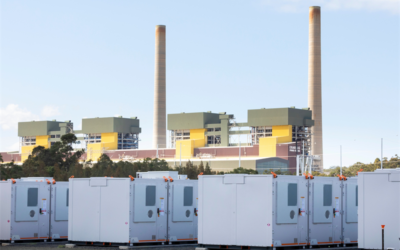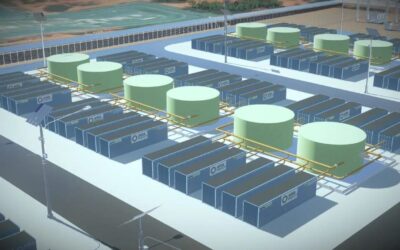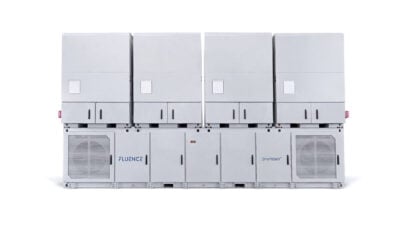Upon the storage system’s arrival, the installation and commissioning phase of the hybrid power plant will begin. Image: wikimedia user: Thomas Schoch.
Electro Power Systems (EPS) announced Thursday that it has successfully delivered a storage system that will be connected to the Coober Pedy Renewable Hybrid Power Project microgrid in Southern Australia.
The arrival of the system, which is scheduled for the end of February, will mark the start of the installation and commissioning phase of the project, which will be led by Toshiba Group and developed in partnership with EPS.
The microgrid energy output issued by the project will be gathered under a 20-year power purchase agreement with the District Council of Coober Pedy and supported by the Australian Government. Part-funded by the Australian Renewable Energy Agency (ARENA) which provided AU$18.4 million (US$14.1 million), the project successfully reached financial closure in March last year.
Once completed, the hybrid power plant will be connected to a microgrid composed of 1MW of solar panels, 4MW of wind turbines and up to 6MW of generators — combined with a 1MW storage system.
Try Premium for just $1
- Full premium access for the first month at only $1
- Converts to an annual rate after 30 days unless cancelled
- Cancel anytime during the trial period
Premium Benefits
- Expert industry analysis and interviews
- Digital access to PV Tech Power journal
- Exclusive event discounts
Or get the full Premium subscription right away
Or continue reading this article for free
Over the plant’s 20-year life, it will provide energy power to meet the demands of around 1,600 individuals in the local area.
Nicola Vaninetti, vice president of EPS, said: “Development of this project in a remote location with extreme climatic characteristics such as Coober Pedy, located in a desert area about 850 kilometres in the north of Adelaide, highlights the applicability of EPS technology even in the most challenging environmental conditions.”
Vaninetti added: “Through the concrete possibility to combine wind, solar and energy storage, our technology provides, to all areas of the world where the grid is not present or is unreliable, a cleaner and economic system to achieve energy independence by diesel generators and to reduce electricity bills. In addition, it has the advantage of protecting the mining industry against the volatility of fuel prices and, for the local communities that host mining settlements, to be a resource for renewable energy plants even at the end of the mine life cycle.”





